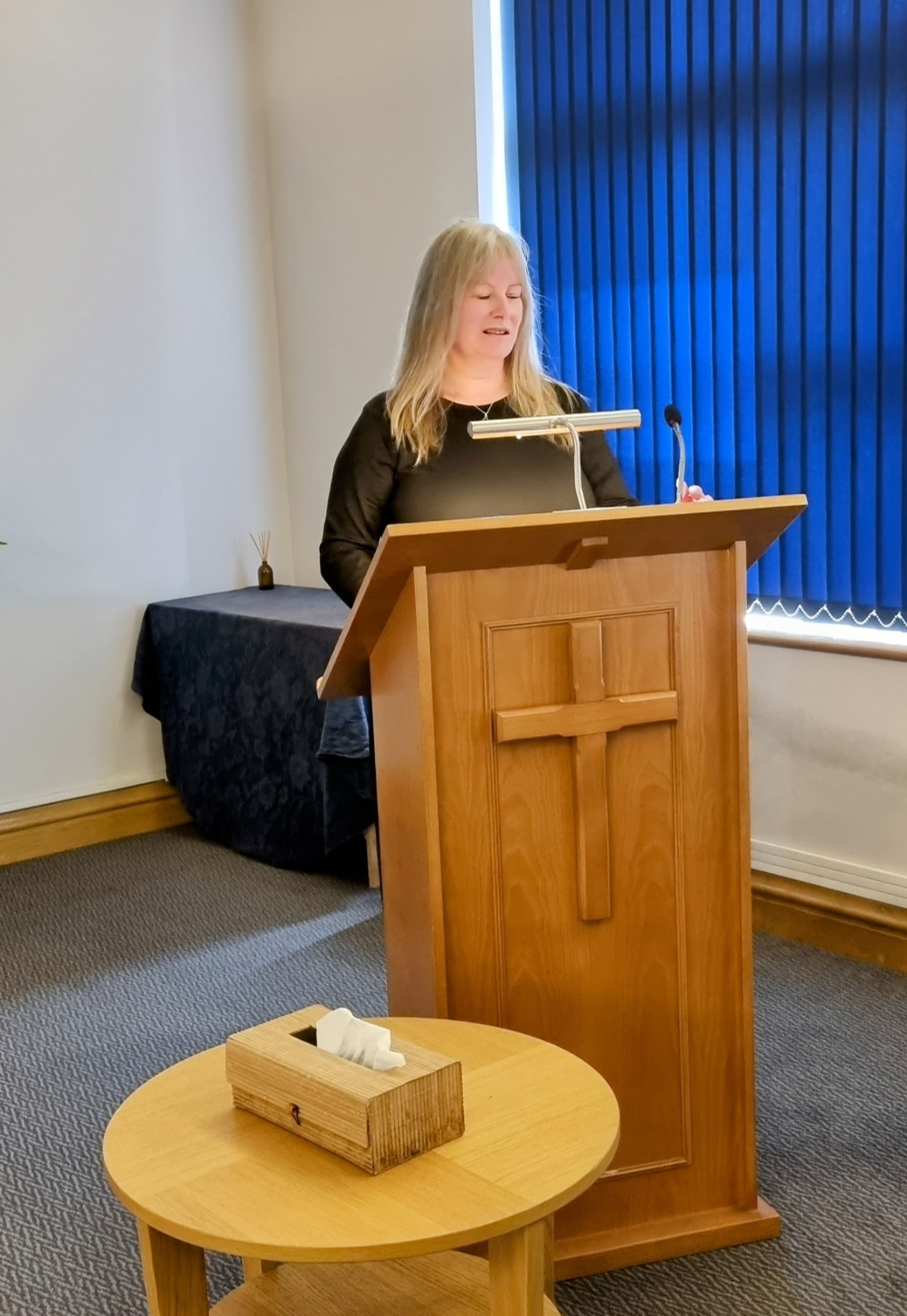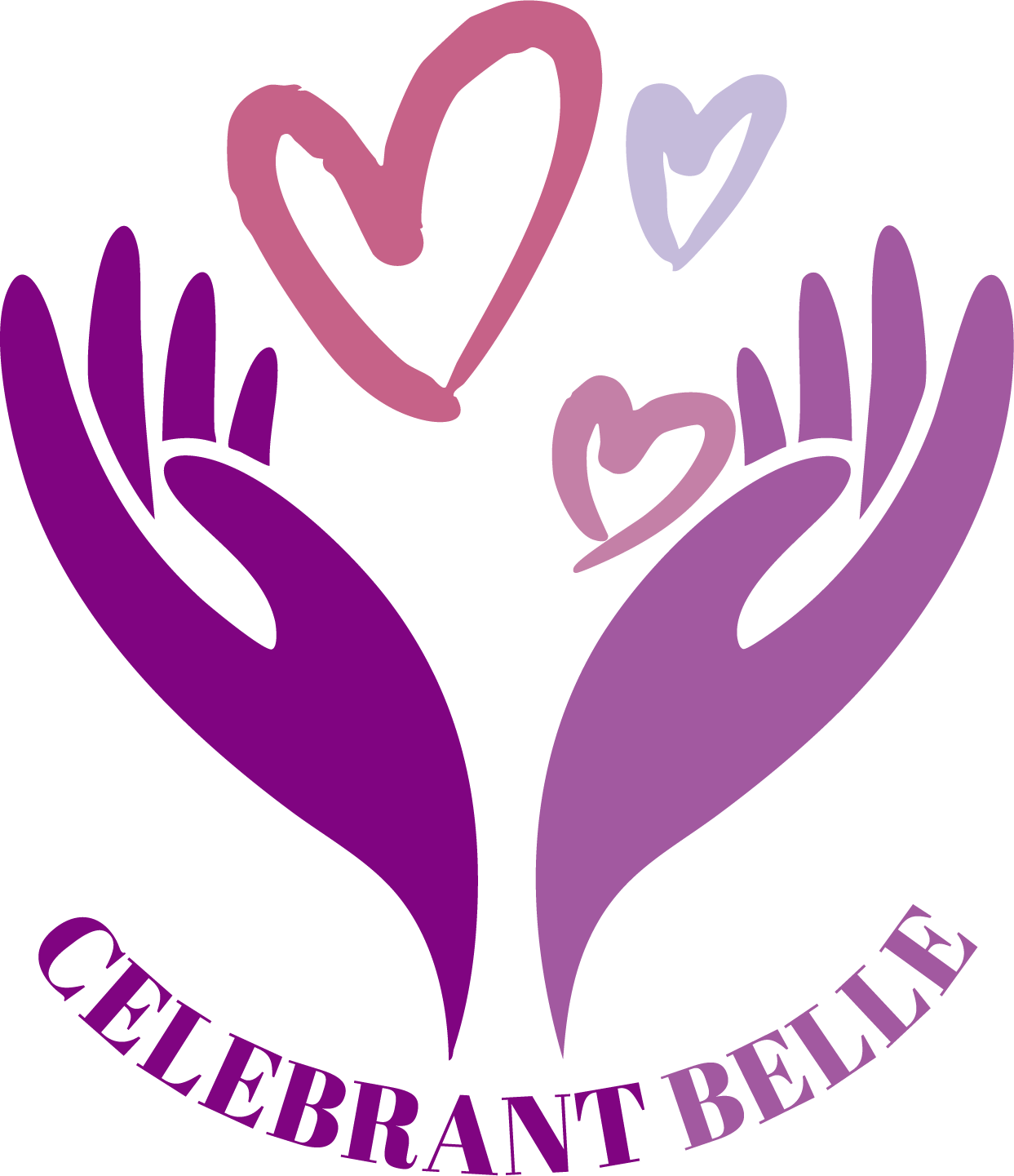Funeral Ceremonies
As a funeral celebrant, I can focus on creating a personalised and meaningful ceremony that reflects the beliefs, values, and wishes of the deceased and their family. I will work closely with the family to plan the service, which can include readings, music, eulogies, and other elements that honour the life of the deceased.
A eulogy is a speech or written tribute delivered at a funeral or memorial service to honour and remember the life of the deceased. It is typically given by a family member, close friend, or sometimes a clergy member or funeral celebrant. Here are some key aspects of a eulogy:
- Personal Stories: Eulogies often include personal anecdotes and stories that highlight the character, achievements, and impact of the deceased. These stories help to paint a vivid picture of the person’s life and legacy.
- Tributes and Reflections: The speaker may share their own reflections and feelings about the deceased, expressing what they meant to them and how they will be remembered.
- Acknowledgements: Eulogies can also acknowledge the support and love of family and friends, and may mention the deceased’s contributions to their community or significant accomplishments.
- Tone: While eulogies can be emotional and heartfelt, they can also include moments of humour and joy, reflecting the personality and spirit of the deceased.
- Length: The length of a eulogy can vary, but it is generally kept to around 5-10 minutes to ensure it is engaging and respectful.
Writing and delivering a eulogy can be a deeply personal and meaningful experience, providing an opportunity to celebrate the life of the deceased and offer comfort to those who are grieving.
Funerals provide an opportunity for family and friends to come together, grieve, and find comfort in shared memories. I aim to provide comfort and support to the grieving family and friends during the service.

Memorials
Memorial Services
Monuments and Memorials
Online Memorials
Memorial Gardens
Specially designed gardens where people can visit and reflect on the life of the deceased.
Charitable Donations
Living Wake / Living Memorial
A living wake is a unique and heartfelt gathering held to celebrate the life of a person who is still alive but may be nearing the end of their life due to illness or old age. Unlike traditional wakes, which occur after a person has passed away, a living wake allows the individual to be present and participate in the event.
Some key aspects of a living wake:
- Celebration of Life: The focus is on celebrating the person’s life, achievements, and the impact they have had on others. It is a time for sharing stories, memories, and expressing gratitude.
- Personal Interaction: Friends, family, and loved ones have the opportunity to spend time with the individual, offering their love and support. It can be a deeply meaningful experience for everyone involved.
- Activities and Tributes: The event can include various activities such as speeches, music, readings, and even video presentations. These tributes are designed to honour the person’s life and legacy.
- Emotional Support: A living wake provides emotional support to the individual and their loved ones, helping them to cope with the impending loss and find comfort in shared moments.
- Customisation: The event can be tailored to the individual’s preferences and wishes, making it a truly personalised and memorable occasion.
Interments
Interment refers to the act of placing a deceased person’s body or ashes into the ground or a final resting place. This process is a significant part of many funeral and burial traditions. Here are some key aspects of interment:

This is the most common form of interment, where the body is placed in a casket and buried in a grave. The grave is usually marked with a headstone or plaque.




